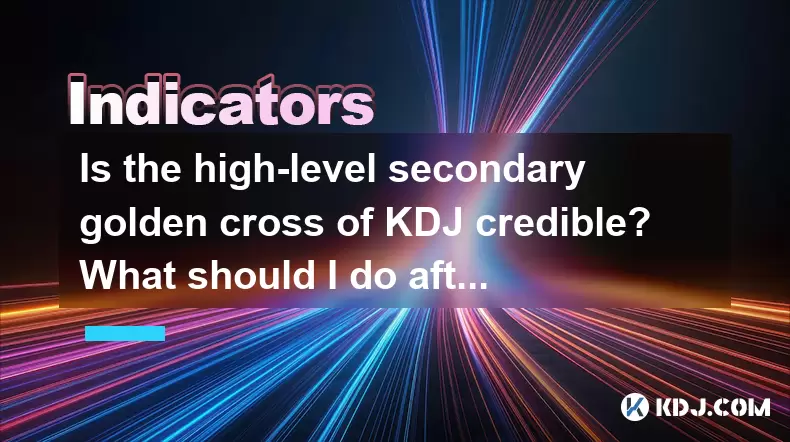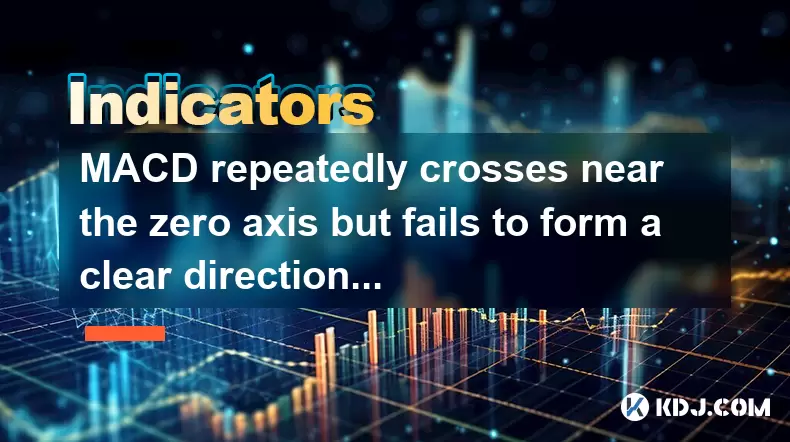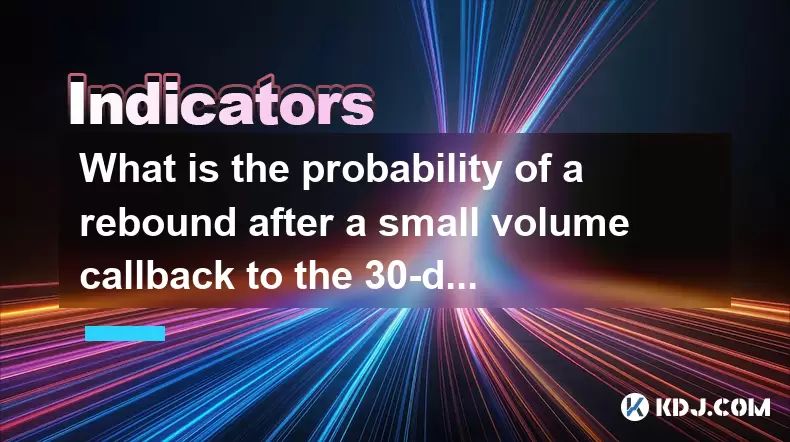-
 Bitcoin
Bitcoin $105,278.9859
4.61% -
 Ethereum
Ethereum $2,414.7741
8.20% -
 Tether USDt
Tether USDt $1.0007
0.05% -
 XRP
XRP $2.1600
7.53% -
 BNB
BNB $639.5433
3.75% -
 Solana
Solana $144.3830
9.37% -
 USDC
USDC $1.0001
0.02% -
 TRON
TRON $0.2742
3.84% -
 Dogecoin
Dogecoin $0.1640
8.57% -
 Cardano
Cardano $0.5811
7.49% -
 Hyperliquid
Hyperliquid $37.2466
5.28% -
 Sui
Sui $2.8243
14.84% -
 Bitcoin Cash
Bitcoin Cash $460.8816
2.22% -
 Chainlink
Chainlink $12.9580
11.75% -
 UNUS SED LEO
UNUS SED LEO $9.1359
1.23% -
 Avalanche
Avalanche $18.2302
10.30% -
 Stellar
Stellar $0.2463
7.80% -
 Toncoin
Toncoin $2.9151
7.18% -
 Shiba Inu
Shiba Inu $0.0...01163
9.79% -
 Hedera
Hedera $0.1532
14.01% -
 Litecoin
Litecoin $85.3310
6.29% -
 Monero
Monero $308.8215
2.90% -
 Ethena USDe
Ethena USDe $1.0007
0.03% -
 Polkadot
Polkadot $3.4259
9.42% -
 Dai
Dai $1.0002
0.01% -
 Bitget Token
Bitget Token $4.1742
3.19% -
 Uniswap
Uniswap $6.8272
8.53% -
 Pepe
Pepe $0.0...09939
12.29% -
 Pi
Pi $0.5358
6.03% -
 Aave
Aave $257.3092
12.83%
Is the high-level secondary golden cross of KDJ credible? What should I do after it appears?
The high-level secondary golden cross of the KDJ indicator signals potential buying opportunities, but its credibility varies with market context and timeframe.
May 25, 2025 at 07:42 am

The KDJ indicator is a popular technical analysis tool used by traders in the cryptocurrency market to identify potential trend reversals and buying or selling opportunities. One of the signals that traders often look for is the high-level secondary golden cross of the KDJ. But is this signal credible, and what should you do after it appears? Let's dive into these questions in detail.
Understanding the KDJ Indicator
The KDJ indicator is derived from the Stochastic Oscillator and is used to gauge the momentum of price movements. It consists of three lines: K, D, and J. The K line represents the fastest line, the D line is a moving average of the K line, and the J line is a more sensitive line calculated from K and D. The indicator oscillates between 0 and 100, with readings above 80 typically indicating overbought conditions and readings below 20 indicating oversold conditions.
What is a High-Level Secondary Golden Cross?
A high-level secondary golden cross of the KDJ occurs when the K line, after reaching an overbought level and starting to decline, crosses above the D line again. This event is considered a secondary golden cross because it happens after an initial golden cross, which is the first time the K line crosses above the D line from below.
Credibility of the High-Level Secondary Golden Cross
The credibility of the high-level secondary golden cross can vary depending on several factors. Firstly, the context of the market is crucial. If the cryptocurrency market is in a strong uptrend, this signal might be more reliable. Conversely, in a choppy or bearish market, the signal might be less credible.
Secondly, the timeframe on which the KDJ is applied affects its reliability. On longer timeframes such as daily or weekly charts, the high-level secondary golden cross might be more credible than on shorter timeframes like 15-minute or 1-hour charts.
Lastly, confirmation from other indicators can enhance the credibility of the signal. For example, if the Relative Strength Index (RSI) or Moving Average Convergence Divergence (MACD) also indicate bullish momentum, the high-level secondary golden cross might be more trustworthy.
What to Do After a High-Level Secondary Golden Cross Appears
When a high-level secondary golden cross appears, there are several steps you can take to capitalize on this signal:
Confirm the Signal: Before taking any action, confirm the signal with other technical indicators. Look at the RSI to see if it's also indicating bullish momentum, or check the MACD to see if it's showing a bullish crossover.
Check the Volume: Ensure that the volume is increasing alongside the high-level secondary golden cross. High volume can validate the strength of the signal.
Set Entry Points: Identify potential entry points. If the price is still in an overbought condition, you might want to wait for a pullback to a support level before entering a long position.
Set Stop-Loss and Take-Profit Levels: Determine your risk management strategy. Set a stop-loss order below a recent low to protect against potential downturns. Similarly, set a take-profit level at a resistance level or based on your risk-reward ratio.
Monitor the Trade: Keep an eye on the trade after entering. If the price continues to rise and the KDJ remains in bullish territory, consider holding the position. If the KDJ starts to show bearish signals or the price hits your take-profit level, consider closing the trade.
Practical Example of Using the High-Level Secondary Golden Cross
Let's consider a hypothetical example of how to use the high-level secondary golden cross in a real trading scenario:
Identify the Signal: You notice on a daily chart of Bitcoin that the K line, after reaching an overbought level above 80, starts to decline but then crosses above the D line again, forming a high-level secondary golden cross.
Confirm with Other Indicators: You check the RSI, which is at 65 and rising, indicating continued bullish momentum. The MACD also shows a bullish crossover, further confirming the signal.
Check the Volume: You observe that the trading volume has been increasing over the past few days, validating the strength of the signal.
Set Entry Points: You decide to wait for a pullback to a recent support level at $40,000 before entering a long position.
Set Stop-Loss and Take-Profit Levels: You set a stop-loss order at $39,000, just below the recent low. For your take-profit level, you target $45,000, which is a resistance level and gives you a favorable risk-reward ratio.
Monitor the Trade: After entering the trade, you monitor the price action and the KDJ indicator. If the price continues to rise and the KDJ remains bullish, you hold the position. If the price hits your take-profit level or the KDJ shows bearish signals, you consider closing the trade.
Risks and Limitations of the High-Level Secondary Golden Cross
While the high-level secondary golden cross can be a valuable signal, it's important to be aware of its risks and limitations. False signals can occur, especially in volatile or choppy markets. Additionally, relying solely on the KDJ indicator without confirming with other tools can lead to poor trading decisions.
Moreover, the timing of the signal can be tricky. Even if the high-level secondary golden cross is credible, the price might not immediately move in the expected direction. Patience and proper risk management are essential.
Integrating the High-Level Secondary Golden Cross into Your Trading Strategy
To effectively integrate the high-level secondary golden cross into your trading strategy, consider the following:
Combine with Other Indicators: Use the high-level secondary golden cross in conjunction with other technical indicators to increase the reliability of your trading signals.
Use Multiple Timeframes: Analyze the high-level secondary golden cross on different timeframes to get a more comprehensive view of the market.
Backtest Your Strategy: Before applying the high-level secondary golden cross in live trading, backtest your strategy on historical data to see how it would have performed in the past.
Stay Disciplined: Stick to your trading plan and risk management rules, even when the high-level secondary golden cross appears. Avoid chasing trades or deviating from your strategy based on emotions.
Frequently Asked Questions
Q: Can the high-level secondary golden cross be used for short-term trading?
A: Yes, the high-level secondary golden cross can be used for short-term trading, but its reliability might be lower on shorter timeframes. It's essential to confirm the signal with other indicators and consider the overall market context.
Q: How does the high-level secondary golden cross differ from the initial golden cross?
A: The high-level secondary golden cross occurs after the K line has already reached an overbought level and started to decline, then crosses above the D line again. The initial golden cross, on the other hand, is the first time the K line crosses above the D line from below, often signaling the start of a new bullish trend.
Q: Is it necessary to use other indicators alongside the KDJ for the high-level secondary golden cross?
A: Yes, it's highly recommended to use other indicators alongside the KDJ to confirm the high-level secondary golden cross. Indicators like the RSI and MACD can provide additional insights into market momentum and help validate the signal.
Q: Can the high-level secondary golden cross be used in all market conditions?
A: While the high-level secondary golden cross can be used in various market conditions, its effectiveness may vary. In strong uptrends, the signal might be more reliable, whereas in choppy or bearish markets, it might be less trustworthy. Always consider the broader market context when interpreting the signal.
Disclaimer:info@kdj.com
The information provided is not trading advice. kdj.com does not assume any responsibility for any investments made based on the information provided in this article. Cryptocurrencies are highly volatile and it is highly recommended that you invest with caution after thorough research!
If you believe that the content used on this website infringes your copyright, please contact us immediately (info@kdj.com) and we will delete it promptly.
- Texas, Bitcoin, and the Reserve: How the Lone Star State is Pioneering Crypto Adoption
- 2025-06-24 10:45:12
- DOGE Rally: Bullish Surge or Last Shakeout?
- 2025-06-24 10:25:13
- Solaxy's Uniswap Debut: A New Crypto Listing Shaking Up the Market
- 2025-06-24 10:25:13
- Coinbase, Tokenized Trading, and the US Senate: A New Era for Crypto?
- 2025-06-24 10:45:12
- Bitcoin, Crypto Signals, and Hyperliquid: What's the Hype?
- 2025-06-24 11:05:12
- Fadillah's Uzbekistan Mission: Sparking Cooperation in Energy, Tourism, and Education
- 2025-06-24 11:05:12
Related knowledge

How to operate when the weekly MACD red column is continuously shortened but the daily golden cross is formed?
Jun 24,2025 at 10:28am
Understanding the Weekly MACD Red Column ShorteningWhen analyzing cryptocurrency markets, technical indicators such as the Moving Average Convergence Divergence (MACD) are essential tools for traders. The weekly MACD red column shortening indicates a weakening of the bearish momentum over the past week. This means that while the market is still in a dow...

What does the continuous rise of the ADX line of the DMI indicator in the downward trend indicate?
Jun 24,2025 at 05:00am
Understanding the DMI Indicator and Its ComponentsThe Directional Movement Index (DMI) is a technical analysis tool that helps traders identify the strength and direction of a trend. It consists of two primary components: the +DI (Positive Directional Indicator) and the -DI (Negative Directional Indicator). The ADX line, which stands for Average Directi...

MACD repeatedly crosses near the zero axis but fails to form a clear direction?
Jun 24,2025 at 09:28am
Understanding MACD Behavior Around the Zero AxisThe Moving Average Convergence Divergence (MACD) is a widely used technical indicator in cryptocurrency trading. It consists of three main components: the MACD line, the signal line, and the histogram. When the MACD line crosses above or below the signal line, it generates buy or sell signals. However, whe...

What is the probability of a rebound after a small volume callback to the 30-day moving average to get support?
Jun 24,2025 at 05:08am
Understanding the 30-Day Moving Average in Cryptocurrency TradingIn cryptocurrency trading, the 30-day moving average (MA) is a widely used technical indicator that helps traders identify potential support and resistance levels. It calculates the average closing price of an asset over the last 30 days, smoothing out short-term volatility and providing a...

How to interpret that the time-sharing chart shows "volume and price rise together" but the MACD red column shortens?
Jun 24,2025 at 01:08am
Understanding the Concept of 'Volume and Price Rise Together'In cryptocurrency trading, when a time-sharing chart shows that both volume and price rise together, it is typically interpreted as a sign of strong buying pressure. This means more traders are entering long positions, pushing the price higher while increasing the trading volume. This phenomen...

Is it contradictory that the moving average system is arranged in a bullish pattern but the DMI shows a decline in trend strength?
Jun 23,2025 at 11:43pm
Understanding the Moving Average and DMI RelationshipIn cryptocurrency trading, technical analysis plays a crucial role in identifying potential trends and making informed decisions. Two of the most commonly used indicators are the Moving Average (MA) and the Directional Movement Index (DMI). While both tools aim to provide insight into market direction...

How to operate when the weekly MACD red column is continuously shortened but the daily golden cross is formed?
Jun 24,2025 at 10:28am
Understanding the Weekly MACD Red Column ShorteningWhen analyzing cryptocurrency markets, technical indicators such as the Moving Average Convergence Divergence (MACD) are essential tools for traders. The weekly MACD red column shortening indicates a weakening of the bearish momentum over the past week. This means that while the market is still in a dow...

What does the continuous rise of the ADX line of the DMI indicator in the downward trend indicate?
Jun 24,2025 at 05:00am
Understanding the DMI Indicator and Its ComponentsThe Directional Movement Index (DMI) is a technical analysis tool that helps traders identify the strength and direction of a trend. It consists of two primary components: the +DI (Positive Directional Indicator) and the -DI (Negative Directional Indicator). The ADX line, which stands for Average Directi...

MACD repeatedly crosses near the zero axis but fails to form a clear direction?
Jun 24,2025 at 09:28am
Understanding MACD Behavior Around the Zero AxisThe Moving Average Convergence Divergence (MACD) is a widely used technical indicator in cryptocurrency trading. It consists of three main components: the MACD line, the signal line, and the histogram. When the MACD line crosses above or below the signal line, it generates buy or sell signals. However, whe...

What is the probability of a rebound after a small volume callback to the 30-day moving average to get support?
Jun 24,2025 at 05:08am
Understanding the 30-Day Moving Average in Cryptocurrency TradingIn cryptocurrency trading, the 30-day moving average (MA) is a widely used technical indicator that helps traders identify potential support and resistance levels. It calculates the average closing price of an asset over the last 30 days, smoothing out short-term volatility and providing a...

How to interpret that the time-sharing chart shows "volume and price rise together" but the MACD red column shortens?
Jun 24,2025 at 01:08am
Understanding the Concept of 'Volume and Price Rise Together'In cryptocurrency trading, when a time-sharing chart shows that both volume and price rise together, it is typically interpreted as a sign of strong buying pressure. This means more traders are entering long positions, pushing the price higher while increasing the trading volume. This phenomen...

Is it contradictory that the moving average system is arranged in a bullish pattern but the DMI shows a decline in trend strength?
Jun 23,2025 at 11:43pm
Understanding the Moving Average and DMI RelationshipIn cryptocurrency trading, technical analysis plays a crucial role in identifying potential trends and making informed decisions. Two of the most commonly used indicators are the Moving Average (MA) and the Directional Movement Index (DMI). While both tools aim to provide insight into market direction...
See all articles
























































































